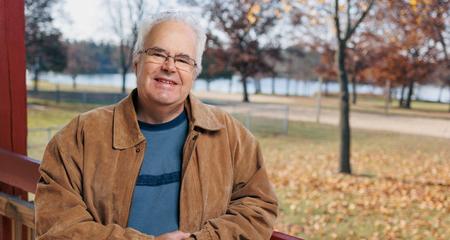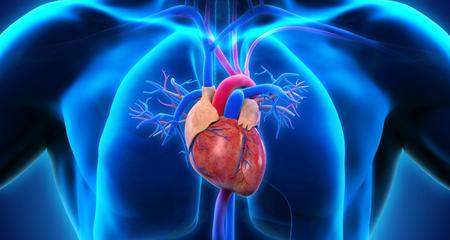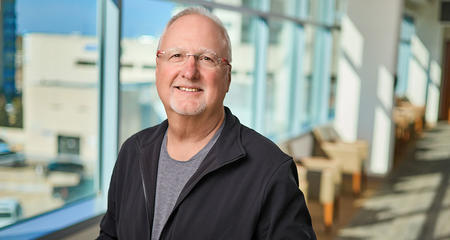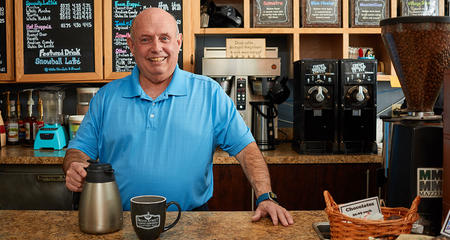Treatments for coronary artery disease range from medical management, to minimally invasive procedures to open heart surgical procedures. Each patient is different and requires a personalized treatment approached based on all of the possible options and other existing medical needs.
Treatment Approaches of an Academic Medical Center
As eastern Wisconsin’s only academic medical center, we are able to offer patient outcomes in coronary artery bypass graft (CABG) surgery (bypass surgery or coronary bypass surgery) that exceed national standards.
Following are some other treatment options for coronary artery disease:
Emergency Care
If you are having symptoms of a heart attack, call 9-1-1 immediately. Quality emergency care is vital to opening blocked coronary arteries and restoring blood flow to the heart to prevent further damage. Read more about our emergency care, low door-to-balloon times and Cardiac Intensive Care Unit (CICU).
Risk Factor Control
Controlling risk factors such as smoking, high cholesterol, diabetes, obesity, lack of exercise and high blood pressure can help reduce the risk of developing coronary artery disease.
Medical Management for Coronary Artery Disease
Several types of medications can help treat coronary artery disease, including:
- Antiplatelet medications – used to decrease the ability of platelets in the blood to stick together and cause clots
- Anticoagulants (blood thinners) – can also decrease the ability of the blood to clot
- Antihyperlipidemics (statins) – used to lower lipids (fats) in the blood, particularly Low Density Lipid (LDL) cholesterol
- Antihypertensives – used to lower blood pressure
Catheterization Procedures
To open blocked coronary arteries, a variety of interventional catheterization procedures may be performed in the cardiac catheterization lab at Froedtert Hospital and Froedtert Menomonee Falls Hospital. Endovascular procedures — treatments performed from inside the blood vessel — may be used for some patients. These are considered non-surgical procedures and include treatments such as balloon angioplasty and stent placement.
Complex and High-Risk Coronary Intervention Program (CHIP)

If you are diagnosed with chronic total occlusion (CTO), you may be evaluated by experts in our CHIP Program to determine if you are a candidate for percutaneous (catheter-based) coronary revascularization (stenting procedure). Patients undergo a meticulous workup to make sure that you qualify for a complex stenting procedure and that it is likely to improve your symptoms. The minimally invasive procedure offers you a viable alternative if medications are not alleviating your symptoms, and if you are not a candidate for CABG.
These complex procedures take place in the cardiac catheterization lab. Here, our team accesses the arteries in the wrist or groin using a small needle and inserts a long, thin tube (a catheter) that is guided to the coronary arteries using advanced imaging. We insert special thin wires to penetrate the blockage. If there is a lot of calcium built up, our team has advanced technology to help break up the calcium, clearing the way for the stent. These options include the Rotablator™, which is tool that shaves the plaque accumulation away, and Shockwave intravascular lithotripsy, which uses sonic pressure waves to break up calcification. Each of the techniques require an advanced skill set and are not widely available.
Once the blockage is cleared, our team inserts thin balloons that further open up the area so that a stent can be placed. A stent is a thin, hollow tube that will keep the artery open after the procedure.
This approach is minimally invasive — no incision is made in the chest and no exposure of the heart. While challenging, the procedure has a shorter recovery course. Most patients leave the hospital in less than 24 hours. If the incision is in the wrist, you shouldn't carry weight with that hand for 3 to 5 days. If the incision is in the leg, you should not put weight on that leg for 3 to 5 days, and you may have the leg precaution extended to 7 to 10 days.
As the artery is 100% blocked with a CTO, the procedure requires a special set of skills, technology and expertise that is only available at select centers across the country. The increasing complexity of coronary artery disease resulted in a demand for dedicated CTO/CHIP programs like ours that take a collaborative approach to diagnosing and treating complex coronary artery disease.
Cardiac Rehabilitation
Recovering after any heart surgery requires a comprehensive cardiac rehabilitation program to help patients return to normal activities and stay healthy. Read more about our cardiac rehabilitation program.
Virtual Visits Are Available
Safe and convenient virtual visits by video let you get the care you need via a mobile device, tablet or computer wherever you are. We'll assess your condition and develop a treatment plan right away. To schedule a virtual visit, call 414-777-7700.
Recognized as High Performing by U.S. News & World Report
Froedtert Hospital is recognized by U.S. News & World Report as high performing in three adult specialties and 16 procedures and conditions, including heart bypass surgery.More to Explore




